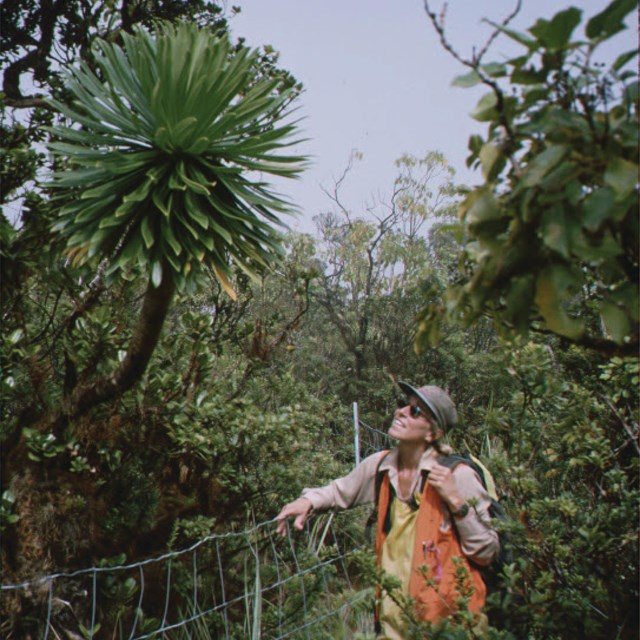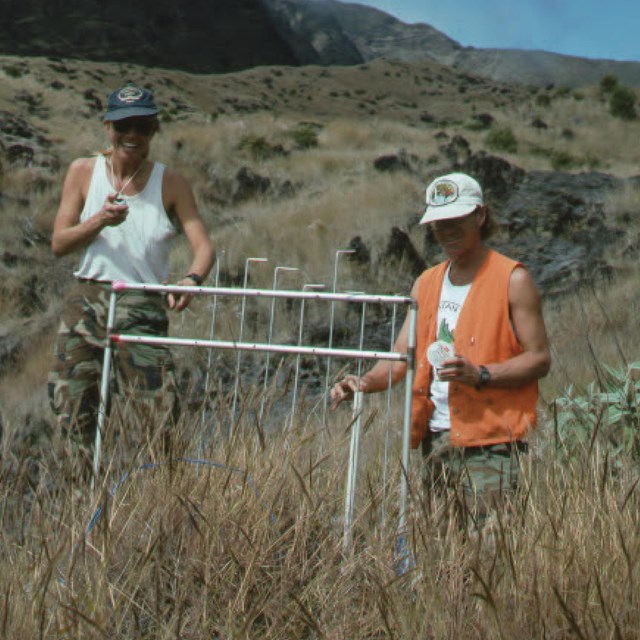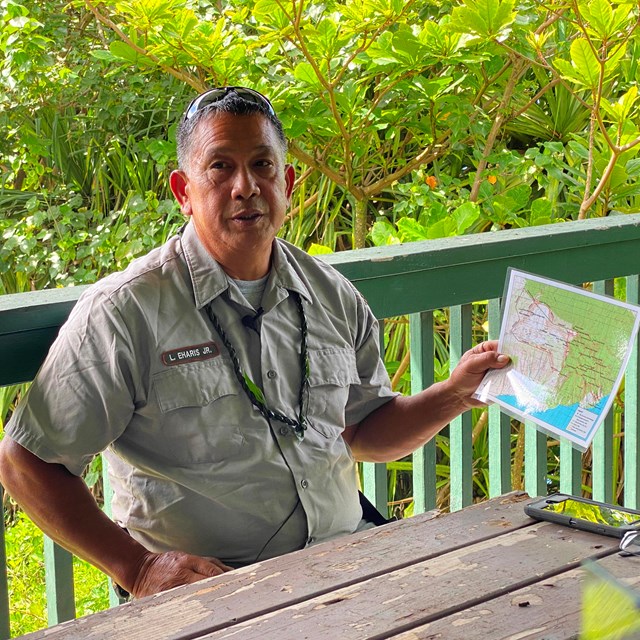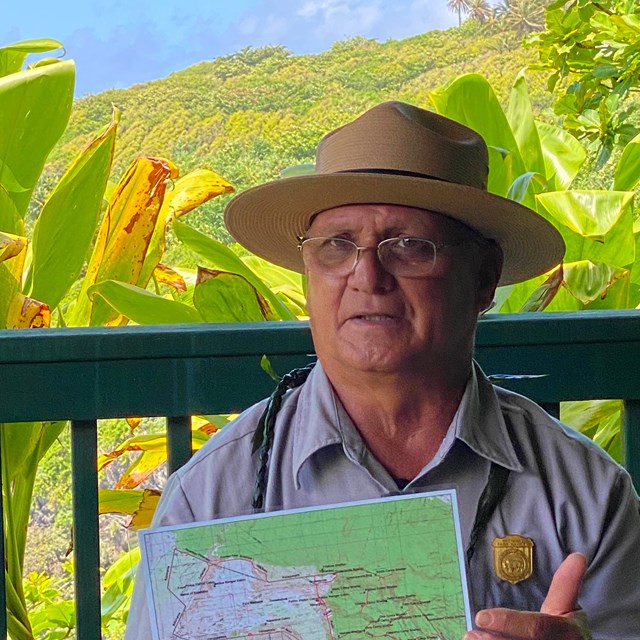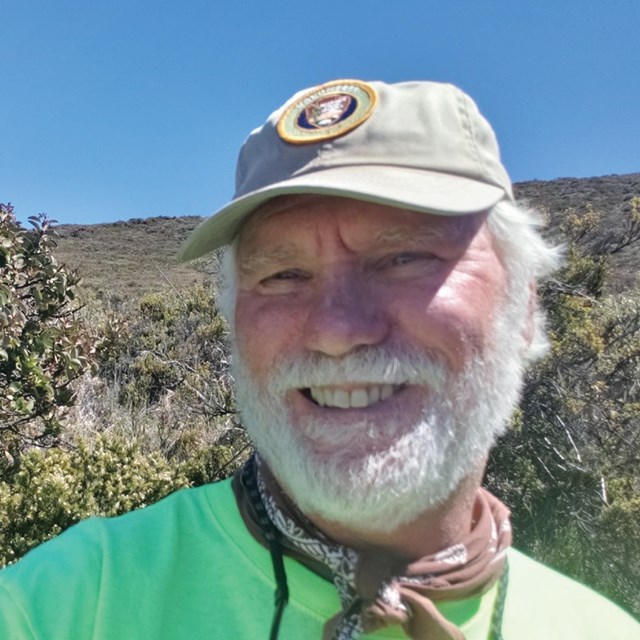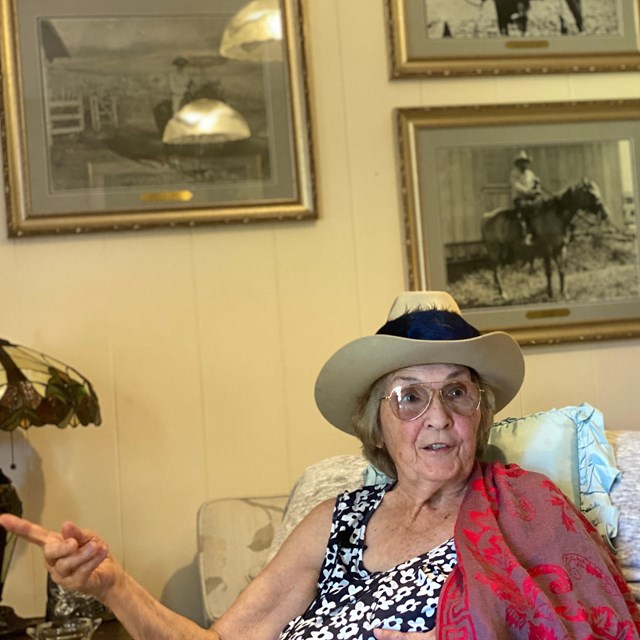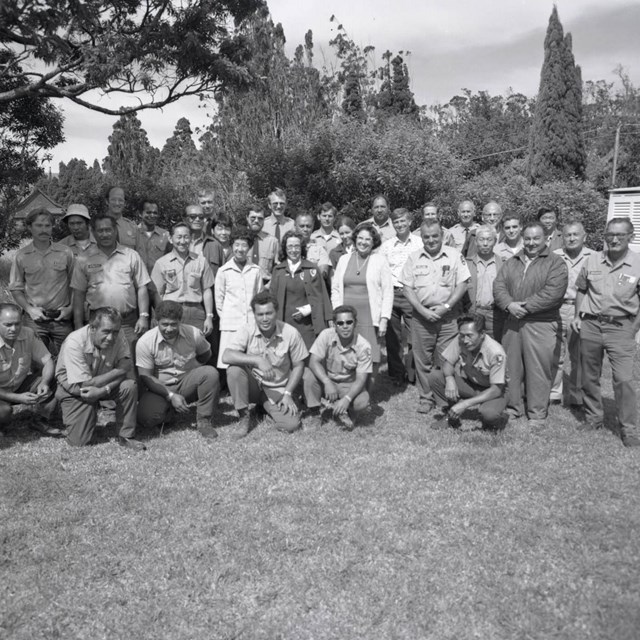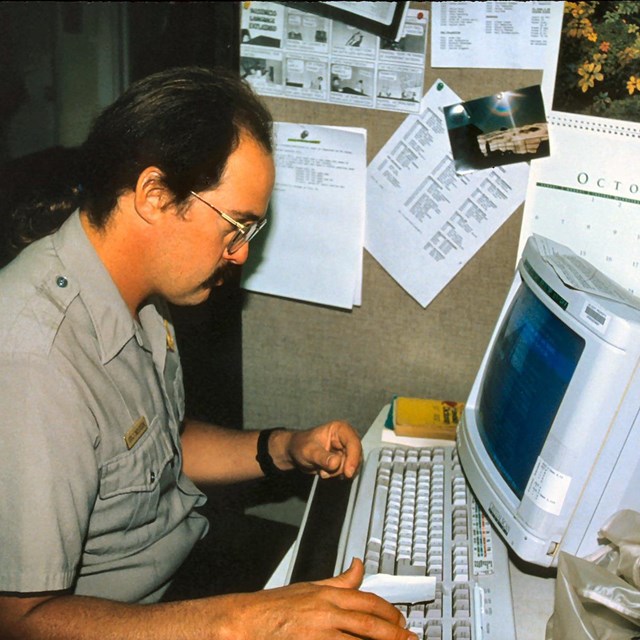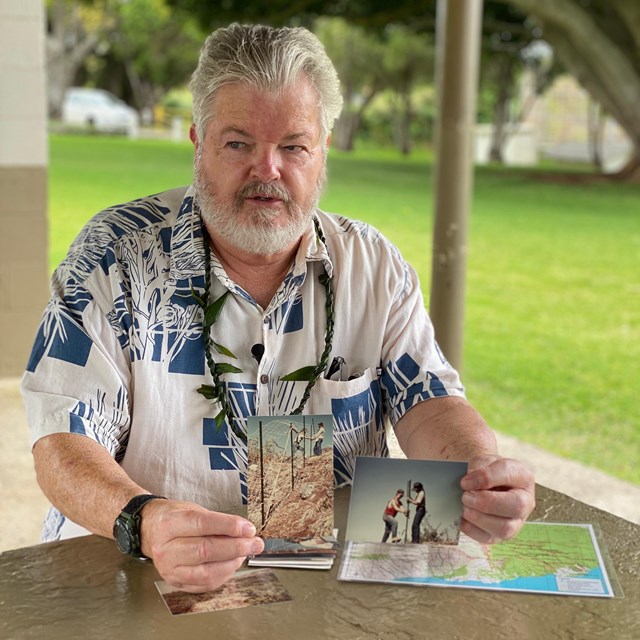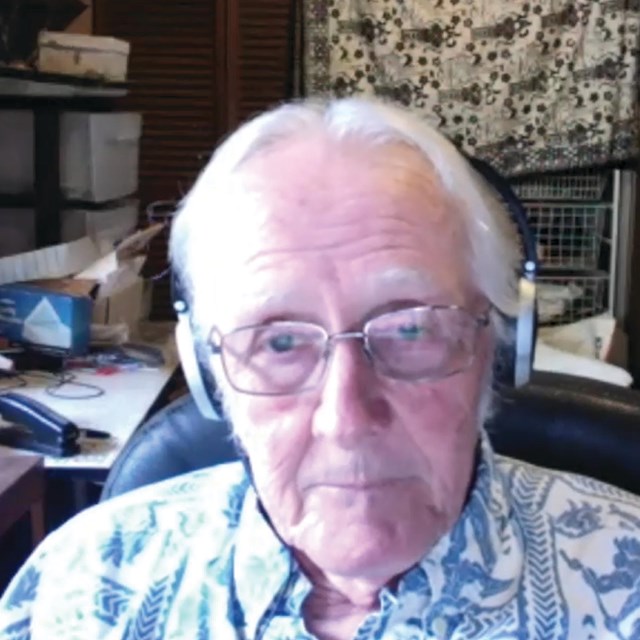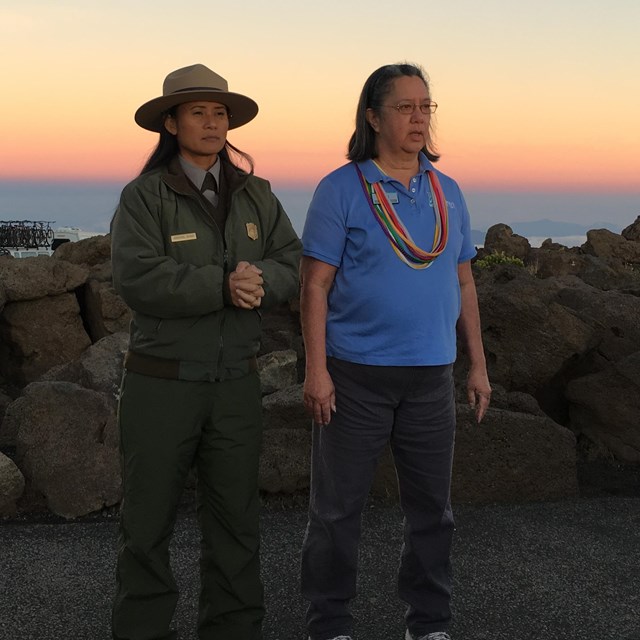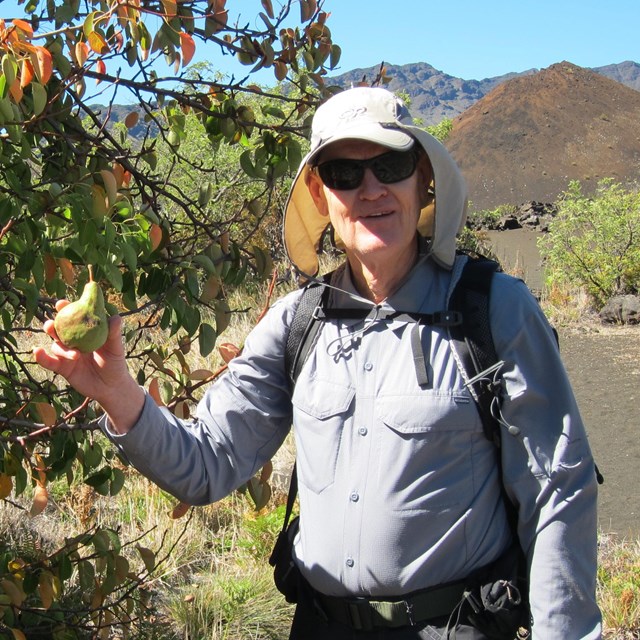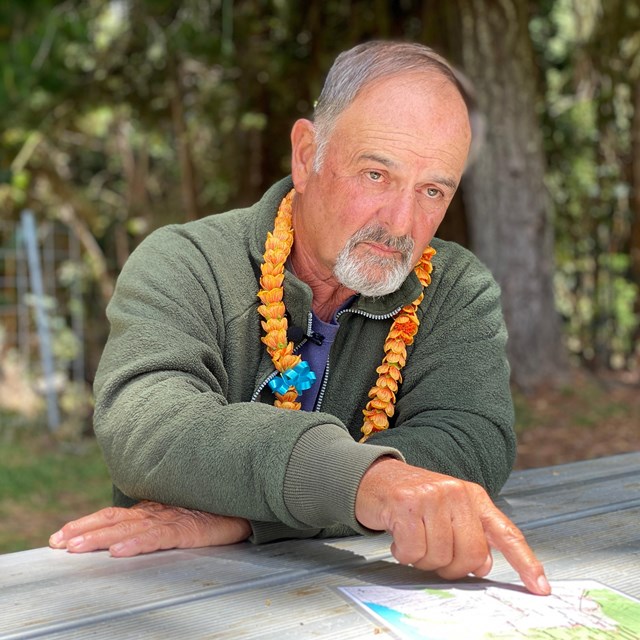Oral histories with Haleakalā National Park present and past staff and community members.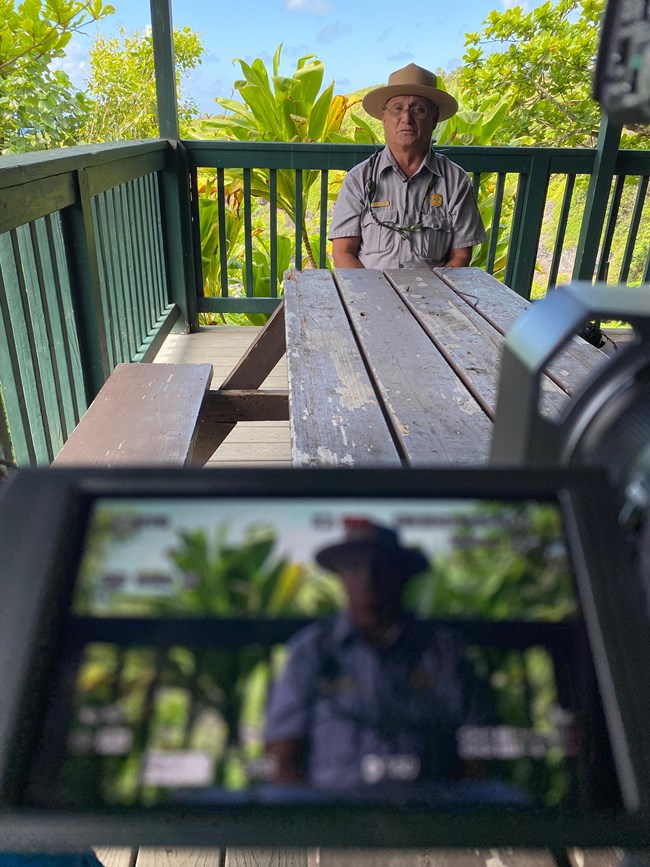
Kumu (Purpose)This webpage presents the results of a Hawaii-Pacific Islands Cooperative Research Studies Unit project carried out in 2021 by researchers from the University of Hawaiʻi at Mānoa’s Center for Oral History and NPS staff. As part of its commitment to conservation of natural and cultural resources, the park actively engages with the Native Hawaiian and local communities and respects their input whenever and wherever possible. The oral history team interviewed 13 present and past park staff and community members with close ties to Haleakalā National Park. The kumu (purpose) of the project was to explore the history of early park natural resource management through the voices of people who have worked in and experienced the park over many years. In the late 1970s, Haleakalā National Park began building a series of fences around the perimeter of the park to exclude feral ungulates (goats, pigs, deer and cattle), and preserve native habitat, and care for native wildlife. The park decision to build and maintain what is now 54 miles of fence lines is meant to perpetuate Hawaiian places, place names and mo‘olelo (stories) by preserving the native plants, animals, and habitats protected by the fences. The oral history team focused on this fence-building effort throughout the interviews to understand the challenges and outcomes of the effort. Notes on Oral HistoriesThe interviews for this project were conducted by Alana Kanahele, graduate research assistant at the Center for Oral History at the University of Hawaiʻi at Mānoa. Interviews were conducted both online via Zoom from February to April, 2021, and in-person on Maui in May and June. Interview sessions lasted between one to three hours. The interviews followed a life history approach, and question guides were designed specific to each narrator following an unrecorded pre-interview. Narrators were asked about their personal background, connection to Haleakalā, relationship to the national park, role in stewarding the land, Native Hawaiian cultural practices, and hopes for the future of Haleakalā. During the interviews, narrators were also asked to identify the locations they worked within the park or areas that they had a personal connection to on maps. Kanahele transcribed the interviews almost verbatim. NPS Kupu Intern Emily Creek transcribed the interviews of Legario "Hanky" Eharis and Walter Pu. The transcripts were then sent to narrators for their review, edits and approval. NPS staff also reviewed the transcripts to redact any sensitive information related to park operations. The transcripts are edited slightly for clarity and historical accuracy by the narrators.The transcripts and archival documents associated with the project may be accessed via the UH Mānoa ScholarSpace: ScholarSpace at University of Hawaii at Manoa: Akāka Wale o Haleakalā: Haleakalā Stands in Full View Full Interviews and Transcripts
AboutThis project was funded by the National Park Service through a collaboration between the NPS and the University of Hawai‘i. The project was conducted through the Hawai‘i-Pacific Islands Cooperative Ecosystem Studies Unit, Agreement Number P20AC00973. The oral history interviews were conducted by a team from the University of Hawaiʻi at Mānoaʻs Center for Oral History composed of Davianna Pōmaikaʻi McGregor, Micah Mizukami and Alana Kanahele, in cooperation with the National Park Service. So far, thirteen former and current park staff, and community members with close ties to Haleakalā National Park, have contributed their stories, which have been transcribed and archived.We are grateful to everyone who shared their stories. The title of this project, Akāka Wale ʻo Haleakalā: Haleakalā Stands in Full View, is ‘Ōlelo Noʻeau #96, from Pukui, Mary Kawena, 1983. ʻŌlelo Noʻeau: Hawaiian proverbs & poetical sayings. Bernice P. Bishop Museum Special Publication No. 71. Honolulu. |
Last updated: February 1, 2022

